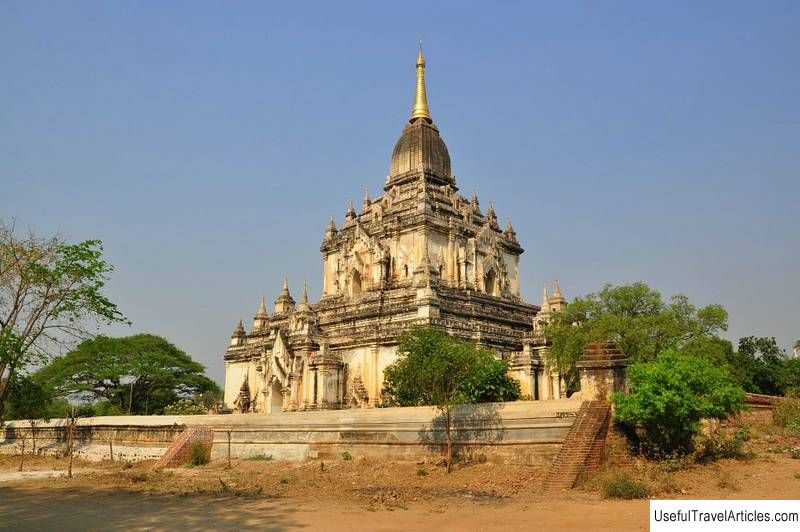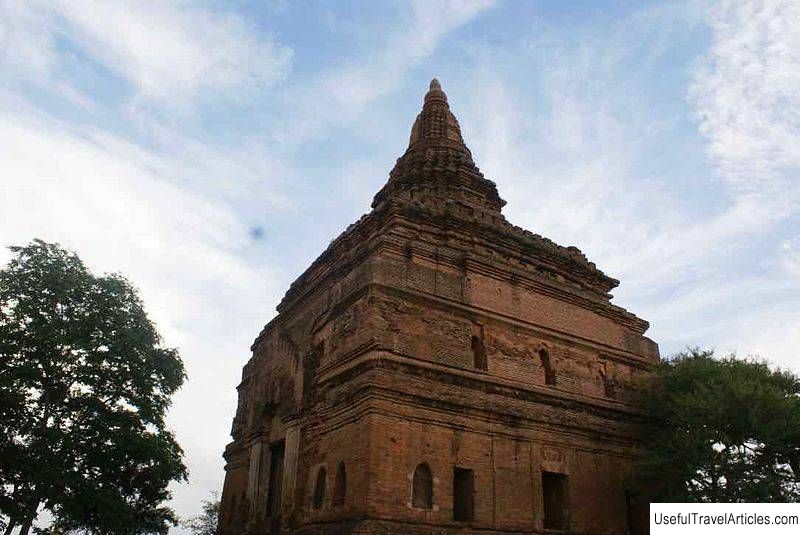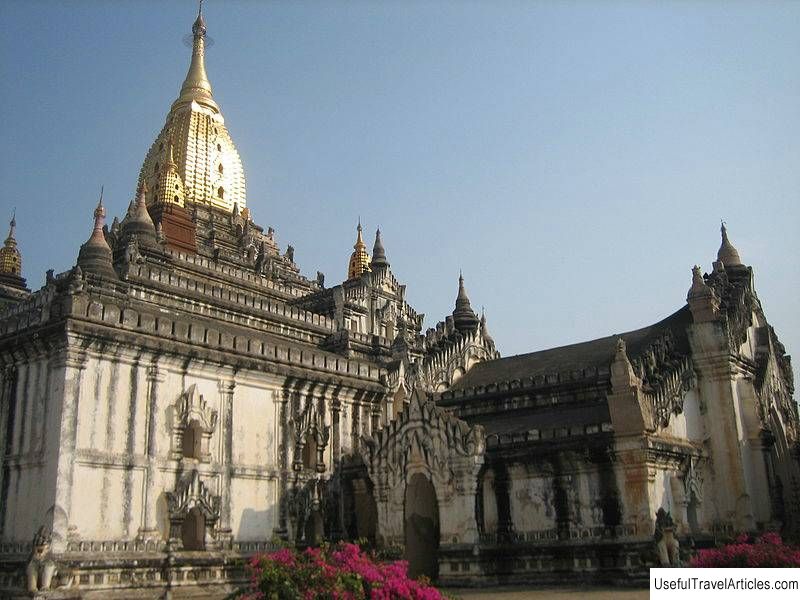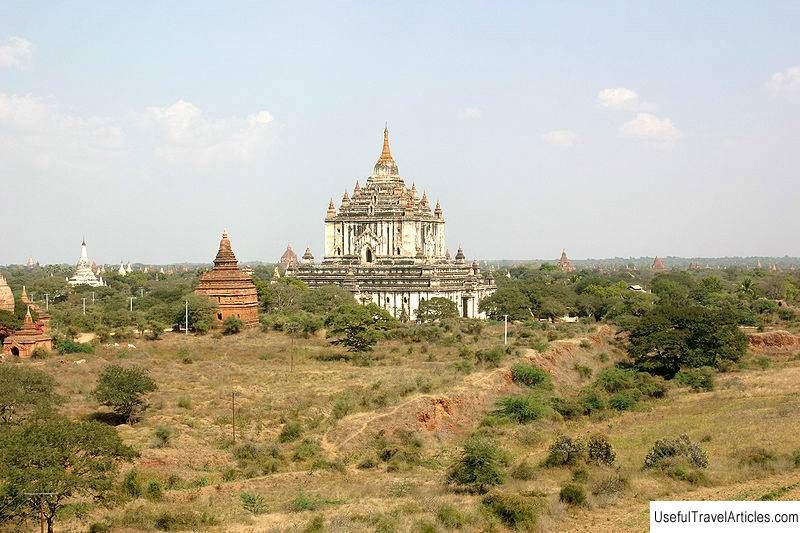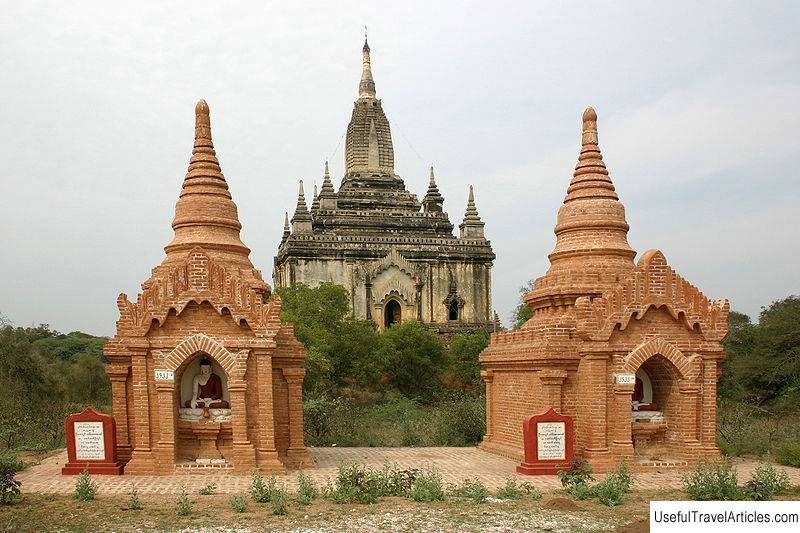Bagan Archaeological Museum description and photos - Myanmar: Bagan
Rating: 8,1/10 (1232 votes) 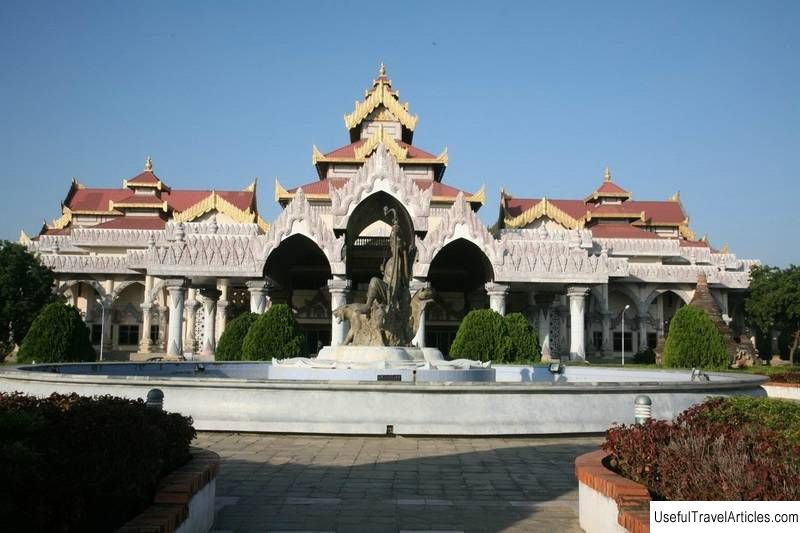
Bagan Archaeological Museum description and photos - Myanmar: Bagan. Detailed information about the attraction. Description, photographs and a map showing the nearest significant objects. The name in English is Bagan Archaeological Museum. Photo & DescriptionThe Archaeological Museum in Bagan is an ideal place to explore the history of Myanmar. In 1902, T Seong-ho, superintendent of what is now the Department of Archeology, National Museum and Library, built a museum to the north of Ananda Temple, displaying inscription stones and archaeological sites found in the Bagan area. The museum was opened in 1904. It was small, its collections were not systematized. On an 8.16-acre site south of the Gavdavpalin Temple in Old Bagan, a building was built on October 1, 1979, which now houses the museum. The museum complex consisted of an octagonal structure, which housed collections of ancient artifacts, and three sheds, where there was a place for stones with texts, stone sculptures and other archaeological finds of a large size. In early 1995, the sheds were destroyed, and next to the octagonal building for museum needs, a more modern one was built. The Bagan Archaeological Museum has 10 exhibition halls. Each contains thematic collections. In one room you can see objects from the Bagan palace, in the other - literary historical monuments, in the third - images of Buddhas, etc. There are wall frescoes and paintings depicting pagodas and monuments from the period of the Bagan kingdom. Among the treasures of the Archaeological Museum is the original Myazedi stone with an inscription in the four languages of the peoples who inhabited Myanmar in ancient times. This writing pattern is unique. It is assumed that the inscriptions were made in the years 1112-1113. Two almost identical stone blocks with inscriptions were discovered in 1886-1887 in the immediate vicinity of the Myazedi Pagoda. Currently, one of the stones is installed next to the pagoda, and the second is kept in the Archaeological Museum. Scientists managed to read the inscription in the dead language Piu, used by the eponymous people who lived in Myanmar before the Burmese.     We also recommend reading Church of San Giovanni Battista (Collegiata di San Giovanni Battista) description and photos - Italy: Empire Topic: Bagan Archaeological Museum description and photos - Myanmar: Bagan. |
